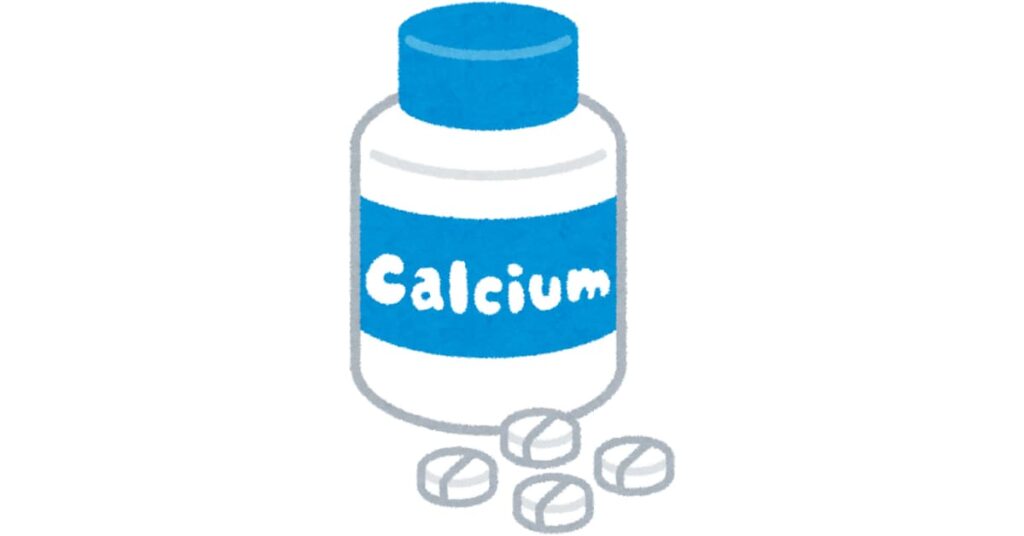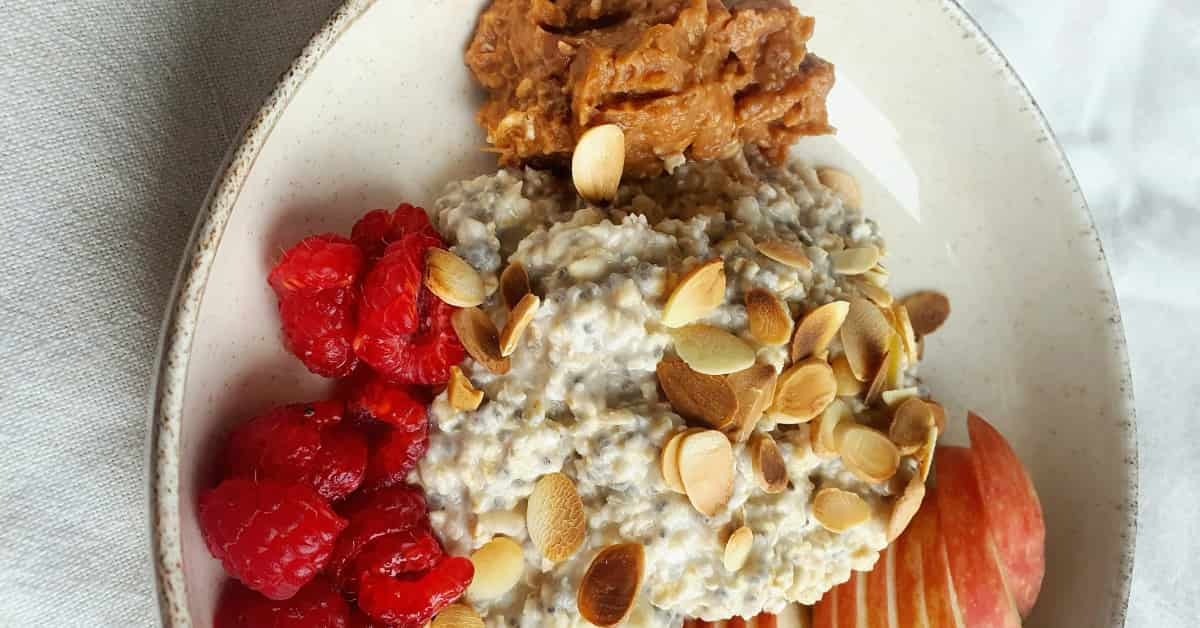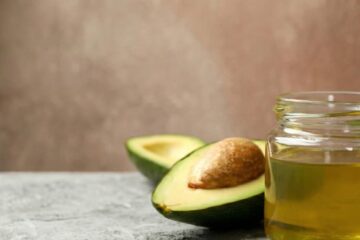Table of Contents
Introduction
Cream of Wheat is one of the most popular breakfast foods. It is made from wheat flour, a hot cereal made from ground wheat. Cream of Wheat mix is often combined with milk or water. Despite its popularity, it is uncertain whether it can be a nutritious extension to a balanced diet.
Cream of Wheat is a breakfast porridge or mush mix made from the kernels of wheat flour. It looks like grits but has a smoother texture because it is made from ground wheat instead of corn. It was first produced in the United States in 1893 by the Grand Forks, North Dakota, grist mills.
The product first appeared at the 1893 World’s Columbian Exposition in Chicago, Illinois. Before January 2007, Cream of Wheat was a Nabisco brand produced by the Kraft Foods Company. And then it was acquired by B&G Food Company and all the rights to it.

Cream of wheat
It is a well-known brand of breakfast porridge. It’s made from flour, a hot grain from wheat milled to form a fine texture.
Its silky, thick texture and creamy taste are often combined with milk or water and completed with different sweet or savory ingredients.
Nevertheless, despite its favor and widespread availability, you can be uncertain whether Cream of Wheat can be a nutritious commendation to a balanced diet.
Nutrition
Cream of Wheat is very low in calories but contains many essential micronutrients.
241 grams (one bowl) of cooked Cream of Wheat provides approximately:
- Calories: 133
- Protein: 4 grams
- Fat: 0.5 grams
- Carbs: 28 grams
- Fiber: 1 gram
- Iron: 58% of the Daily Value (DV)
- Niacin: 39% of the DV
- Vitamin B6: 38% of the DV
- Riboflavin: 33% of the DV
- Selenium: 13% of the DV
- Thiamine: 37% of the DV
- Folate: 33% of the DV
- Copper: 11% of the DV
- Calcium: 11% of the DV
It is particularly rich in iron and B vitamins, such as riboflavin, vitamin B6, thiamine, niacin, & folate.
B vitamins are involved in many phases of health, including energy production, DNA synthesis, and brain function.
Cream of Wheat also holds selenium, a significant micronutrient that doubles as an antioxidant to lower inflammation and protect against disease.

Benefits
- Excellent Source of Iron: Cream of Wheat is fortified with iron, often providing over half the daily recommended value per serving. Iron is crucial for preventing iron-deficiency anemia, as it assists the body in producing red blood cells and transporting oxygen throughout the body.
- Rich in B Vitamins: It is an excellent source or origin of several B vitamins, including riboflavin (B2), thiamine (B1), niacin (B3), and folate (B9). These vitamins are chief for energy production, brain function, & DNA synthesis.
- Low in Fat and Calories: When prepared simply with water (and without excessive sugary toppings), Cream of Wheat is a low-fat and relatively low-calorie breakfast option, making it suitable for those monitoring their intake.
- Gentle and Easy to Digest: Its smooth, fine consistency makes it a gentle food choice. It is often recommended as part of a bland diet for individuals with sensitive stomachs or those recovering from illness.
- Good Source of Selenium: It contains selenium, a micronutrient that functions as an antioxidant, helping to reduce inflammation and protect cells from damage.
- Provides Energy: As a carbohydrate-rich grain (the endosperm of wheat), it is a good source of sustained energy to start the day.
- Customizable: It is a versatile base that can be easily enhanced with healthy add-ins like fresh fruit, nuts, seeds, or cinnamon, allowing consumers to boost fiber, protein, and vitamin content to suit their dietary needs.

8. Source of Calcium: Many varieties are fortified with calcium, important for maintaining strong bones and supporting nerve and muscle function.
9. Affordable and Convenient: Cream of Wheat is widely available, easy on the budget, and quick to prepare, offering a convenient, warm breakfast option for busy mornings.
10. Cream of Wheat is easy to use. It is delicious, versatile, and easy to enjoy in many different ways. Depending on each person’s preference, it can be made with water or milk and cooked in the microwave or on the stove. You can also add options to the cream of wheat by adding sugar, syrup, fruit, nuts, spices, salt, cheese, or butter.
Cream of Wheat protein
The protein content in Cream of Wheat varies depending on the specific product and, most significantly, how it is prepared.
Key Considerations for Protein:
- Moderate Source: The original Cream of Wheat, prepared with water, provides a moderate amount of protein (around 4 grams), as the farina grain is primarily carbohydrate.
- Easy Boost: The easiest way to maximize the protein in your bowl is to use milk (dairy or fortified soy milk) instead of water, which doubles the protein content.
- Specialty Varieties: Manufacturers offer special versions, such as “Cream of Wheat Protein,” which contain added protein (like wheat protein isolate) to deliver a much higher dose, typically 10 grams per serving.
- Toppings Matter: Adding high-protein toppings like a spoonful of nut butter, chopped nuts, seeds (chia or flax), or a dollop of Greek yogurt can significantly increase the total protein of your meal, making it much more satiating.

Cream of Wheat recipe
Step 1: Heat Milk. Bring oat milk (or the liquid of your choice) to a simmer/boil on medium heat in a medium-sized saucepan.
Step 2: Simmer. Add the Cream of Wheat (and optional dash of salt) in a steady stream as you whisk to combine, then decrease the heat to a low simmer.
Step 3: Garnish and Serve.Top with fresh berries, dried coconut, fruit, bananas, peanut butter, and/or any other toppings you desire.
Substitutions & Variations
When turning Cream of Wheat into a meal, your flavor options are endless. Here are a few more variations to consider:
- Chocolate Cream of Wheat—I’ll see you if you like chocolate for breakfast! Try using chocolate-flavored oat milk in place of plain, adding a teaspoon or two of cocoa powder to the Cream of Wheat powder before adding it to the milk, and/or adding a tablespoon or so of regular or mini chocolate chips to the bowl once it’s done cooking. Top with some berries to balance out the richness, then enjoy!
- Coffee Cream of Wheat—If you like the two birds, one stone way of living, feel free to use half coffee and half milk for a latte-flavored bowl of creamy goodness. (Or, make it a mocha bowl using chocolate milk and coffee!) You can also use all coffee if you like, then drizzle on some cream at the end for an extra buzzy caffeine.
- Savory Cream of Wheat. Try using unsweetened milk and/or your favorite broth as your liquid, add salt and pepper to taste, then stir in your favorite melty cheese like cheddar, gruyere, or pepper jack, and top with a pat of butter for a seriously delicious side or meal. Bonus points if you add a jammy egg, sautéed or roasted veggies, and/or cooked shrimp for a quasi-shrimp & grits experience.
cream of wheat vs oatmeal
Cream of Wheat, oatmeal, and grits fall under the blanket term of porridge: any starchy grain mashed up & cooked with piping hot water or milk. Nevertheless, they differ based on their ingredients and consistency.
Cream of Wheat is made of wheat and is the smoothest of the bunch. It’s usually served with added sugar. However, it’s a neutral base, so add something like hot sauce or sriracha.
Oatmeal is made of oats (duh). Specifically, it is dried and unprocessed oats, which give oatmeal a thicker, more complex texture. Oats are often served sweet or with added fruits, and they tend to have higher fiber content than wheat, which makes a breakfast of oatmeal feel more substantial.
Some Disadvantages of Cream of Wheat
While Cream of Wheat offers potential benefits to the body, it also has some disadvantages that must be considered and weighed.
1. Cream of Wheat Contains Gluten
Cream of Wheat is a wheat flour or a cereal made from ground wheat. For this reason, it contains gluten – a group of proteins found in cereals that give flour its characteristic elasticity.
While most people who tolerate gluten do not have any health problems, those with celiac disease or gluten sensitivity may experience adverse side effects after eating foods containing gluten.
For people with celiac disease, taking foods containing gluten may trigger an immune response, causing digestive problems such as diarrhea, constipation, and stomach pain.
People with gluten sensitivity often report symptoms after consuming foods containing gluten, such as bloating, fatigue, nausea, and brain fog – a condition characterized by an inability to concentrate.
Therefore, a gluten-free diet, which eliminates cream of wheat products and wheat, barley, and rye, may help alleviate symptoms for people with either condition.
2. Cream of Wheat is High in Sodium
According to the current Dietary regulation or Guidelines for Americans, most healthy adults should limit their sodium intake to about 2,300 mg daily. It is relatively high in sodium, with about 590 mg per cooked cup (240 grams), 25% more than the recommended daily limit.
Other versions of regular Cream of Wheat are low in sodium but are processed with salt, which can enlarge the sodium content of the final product. Certain toppings, such as cheese or nuts, can also increase the sodium content of Cream of Wheat.
Some studies have shown that lowering sodium intake can help lower blood pressure BP levels, especially in people with high blood pressure. Furthermore, studies have also shown that consuming high amounts of sodium can be associated with an increased risk of stomach cancer. Additionally, high salt intake may increase calcium excretion in the urine, potentially leading to bone loss.
Therefore, it is important to moderate your consumption of cream of wheat and other foods or meals high in sodium to prevent adverse health effects.
Conclusion
Cream of wheat is a superb source of several essential nutrients, including niacin, vitamin B6, thiamine, riboflavin, and folate. It is also rich in iron, a vital mineral for which many vegetarians and vegans are deficient. However, it may not be a great dietary addition for everybody, as it contains gluten and is relatively high in sodium. However, depending on the type, each user can adjust the preparation and processing method accordingly.




